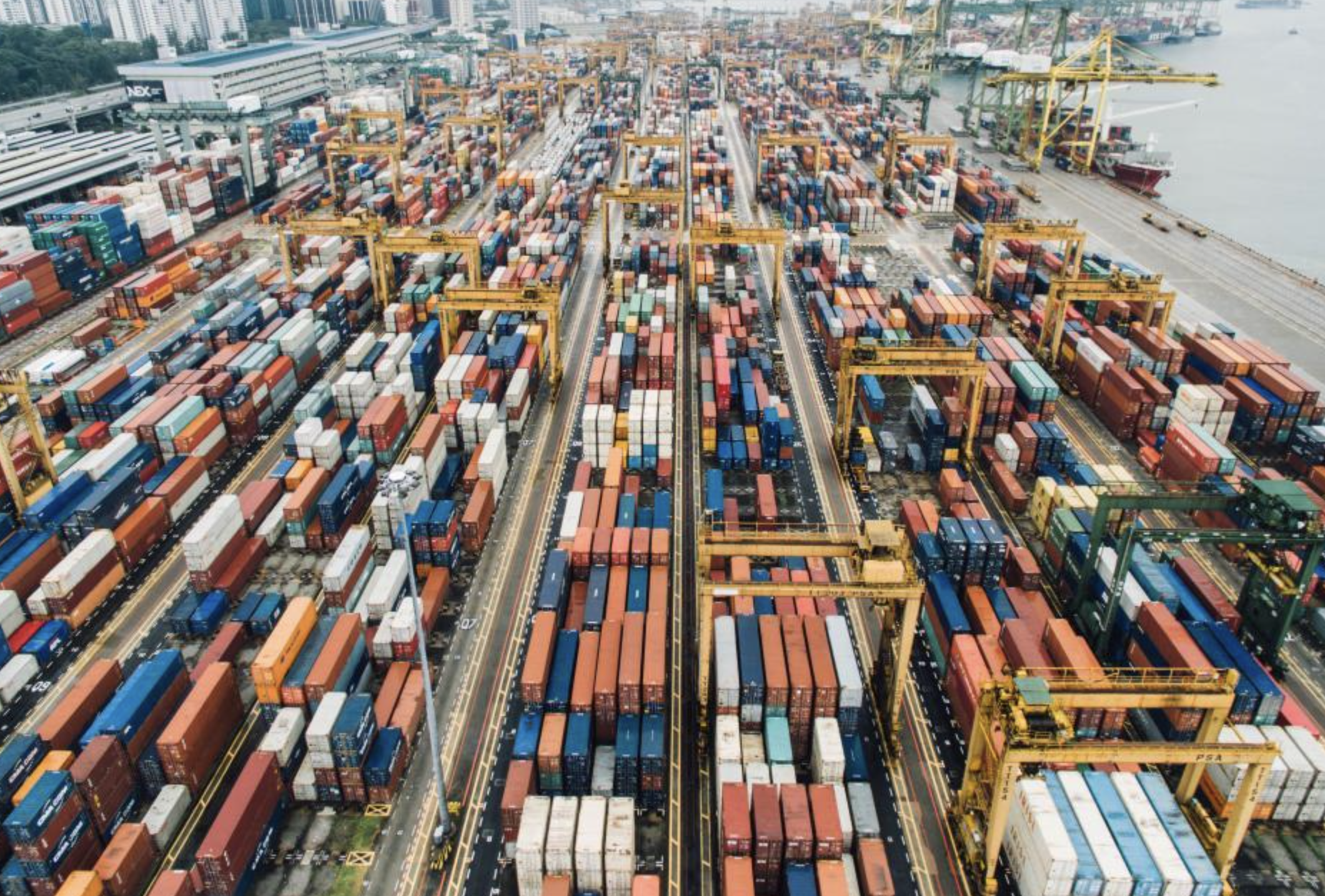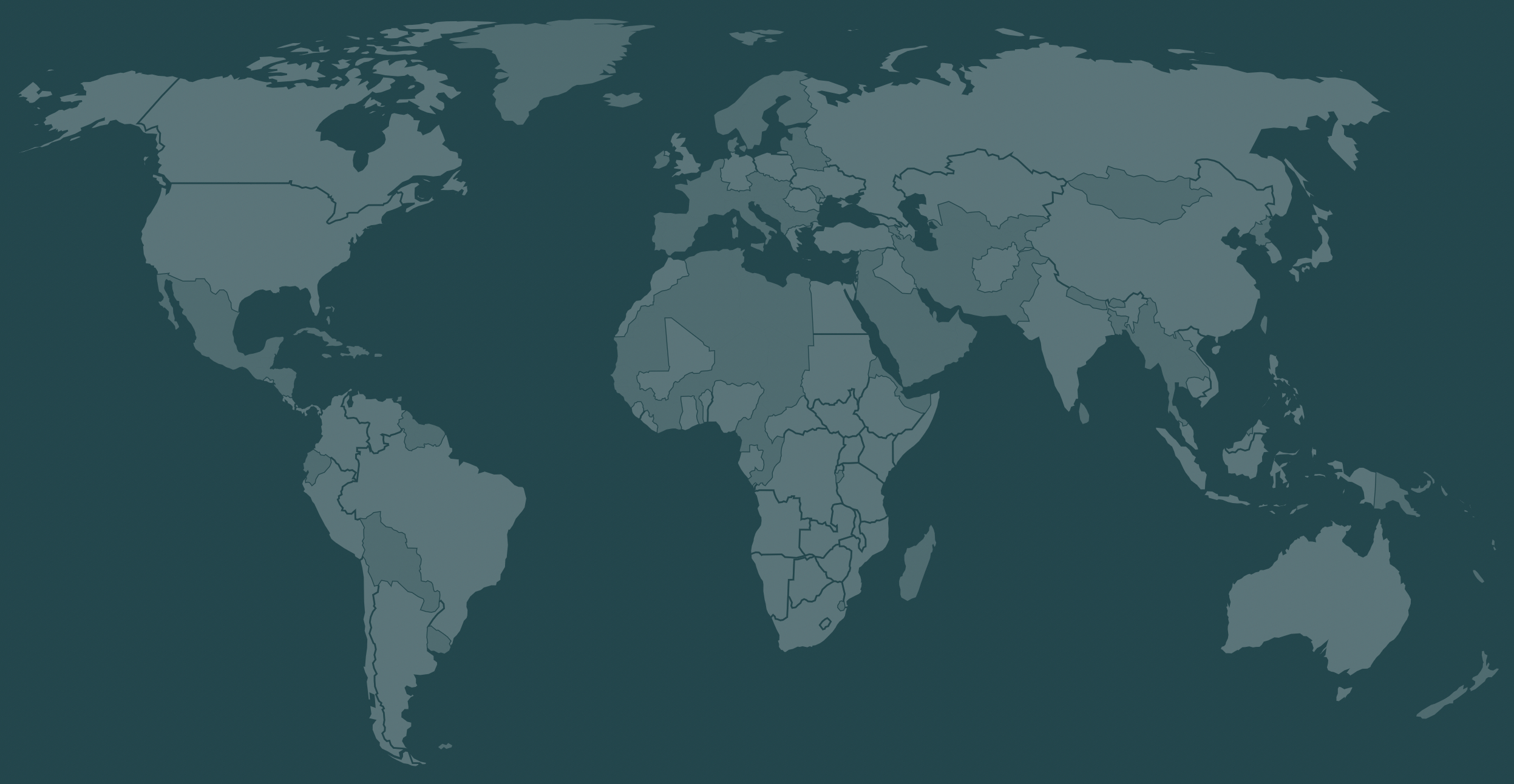News
Method or Madness or Both? Trump and his Tariffs
The ructions caused by US President Donald Trump’s tariff blitz have been severe and felt all over the world, not least in Africa, where some of the heaviest tariffs have been imposed.

Research Director, The Brenthurst Foundation

Director, The Brenthurst Foundation

The emerging consensus is the “mad man” theory, which goes something like this: “Can you believe what Trump has just done? Insane, man!” Most shake their heads at the audacity of it.
And some of the tariffs indeed seem unfairly severe. Why has Lesotho, a country Trump said nobody had heard of a few weeks back, been targeted with his highest tariffs at 50%? Why have the Heard and MacDonald islands, inhabited only by penguins, been hammered hard?
While such wonderment at the new tariff regime may make for good coffee-shop conversation, a deeper understanding is needed if countries are going to respond appropriately to secure their best interests.
Trump’s tariffs are easy to caricature. More difficult but vitally important is to understand what is going on here. What is the vision propelling this intervention, and how can it best be engaged with?
In South Africa’s case (tariff 30%), government leaders have so far responded with cool heads and refrained from announcing “retaliatory tariffs”. This is a good start.
So, what is Trump really attempting to do?
One of the clearest expositions of the tariff strategy was made on the eve of the US election by Hudson Bay Capital. In this paper, Dr Stephen Miran, a former advisor to the US Treasury, wrote:
“The deep unhappiness with the prevailing economic order is rooted in persistent overvaluation of the dollar and asymmetric trade conditions. Such overvaluation makes US exports less competitive, US imports cheaper, and handicaps American manufacturing. Manufacturing employment declines as factories close. Those local economies subside, many working families are unable to support themselves and become addicted to government handouts or opioids or move to more prosperous locations. Infrastructure declines as governments no longer service it, and housing and factories lay abandoned. Communities are ‘blighted’.”
Dollar strength, which undermines the US’s export competitiveness, would, in a healthy system, be corrected by the market. But because of the dollar’s dominance, US Treasuries are accumulated by countries that enjoy a trade imbalance, and this self-correcting mechanism has failed.
The consequences have been the hollowing out of US manufacturing and threats to its security by limiting its ability to scale up industrial production – something that would be essential in a time of war.
Exacerbated
This imbalance has been exacerbated by countries that export to the US, protecting their industrial bases by imposing tariffs on US goods entering their countries.
Viewed from this US perspective – narrow as a national view, wide in that the US economy is 25% of the global economy — this state of affairs is plainly unsustainable. It is surprising that action has not been taken earlier to reduce the trade imbalance.
In addition to this, argues Miran, “The problem is compounded by the reversal of ‘the end of history’ and the return of national security threats. With no major geopolitical rivals, U.S. leaders believed they could minimize the significance of declining industrial plant. But with China and Russia as not only trade but security threats, having a robust and well diversified manufacturing sector is of renewed necessity. If you have no supply chains with which to produce weapons and defense systems, you have no national security.”
This has caused the US to intertwine its economic and security needs using tariffs.
He argues that Trump has chosen tariffs based on the experience of the tariffs imposed by him during his first term when little inflationary pressure resulted, and markets absorbed the blow after an initial wobble because tariffs were a once-off phenomenon which could be priced into markets.
The jury is still out on whether the much larger tariff package announced by Trump this time around will have more complicated long-term results.
Be that as it may, before developing a response, countries need to consider whether or not they need a healthy trade relationship with the US. In South Africa’s case, the argument is strong.
The facts are that US total trade with South Africa was $20,5 billion in 2024 (R391 billion at today’s exchange rate). According to SARS data, the US imported $14,7 billion worth of goods from South Africa. More than 40% of these were in the “vehicle, aircraft, vessels” and “products iron and stee” and “machinery” categories.
This compares with 15% of exports to BRICS countries in these categories. In other words, US imports are for now and in the foreseeable future vital to South African industry and its higher-value jobs.
Less reliable

As it becomes less reliable, the US will become less indispensable, but this will take time. And China – with or without the BRICS – will have a shot at becoming, for many countries, the new indispensable superpower partner. But there are many problems with this, not least, given that China does not share key (professed) democratic values. Second, they are asymmetric in their demands, citing a “win-win” approach, but usually both for them. Third, there is no Chinese aid to substitute the US withdrawal, only loans. And fourth, in Africa, Chinese businesses represent competition, or at least they should, for many South African companies.
It’s not a better world for Trump’s US retreat. The explosion of its soft power convincing countries to be more open, more democratic and less selfish could prove hugely costly in generational terms.
If the US-SA relationship is to be saved, a fuller understanding of the criteria that the US is using is needed. Marin wrote: “One can imagine a long list of trade and security criteria which might lead to higher or lower tariffs, premised on the notion that access to the U.S. consumer market is a privilege that must be earned, not a right.”
He suggested these criteria would include:
- Does the nation apply similar tariffs to their US imports as America does on their exports?
- Does the nation have a history of suppressing its currency, such as via the accumulation of foreign exchange reserves?
- Does the nation reciprocally open its markets to US firms as the US opens its markets to foreign firms?
- Does the nation respect intellectual property rights?
- Does the nation help China evade tariffs via re-export?
- Does the nation side with China, Russia, and Iran in international disputes, and grandstand against the US in international affairs?
- Does the government assist individuals and entities evade sanctions, or trade with sanctioned entities?
- Does the nation support or oppose US security efforts in various theatres?
- Does the nation harbour enemies of the United States?
Looking at this list, it is not difficult to see how South Africa’s recent foreign policy choices – chiefly its abandonment of non-alignment for friendship with Iran, China and Russia – are causing angst in Washington.
Fuel to the fire
In addition, the slide onto the Financial Action Task Force (FATF) grey list over its failure to deal with money laundering and combating the financing of terrorism have added fuel to the fire. These concerns are shared by many other democratic polities that trade with South Africa, so it is not just a matter of satisfying the US.
But, if the relationship with the US is to be saved, the South African government would do well to start dealing with these deficiencies to persuade the US that it is a good partner in a world beset with growing security and economic threats. Any (over) reaction will simply worsen the situation, since US concerns go way beyond the Expropriation Bill and the plight of Afrikaners, whatever the coffee-shop chat.
The alternative is to accept that we are destined to become a resource-producing nation without a serious industrial base that cannot rise up the economic ladder. That’s a fate worse than Trump.
This article originally appeared on the Daily Friend

